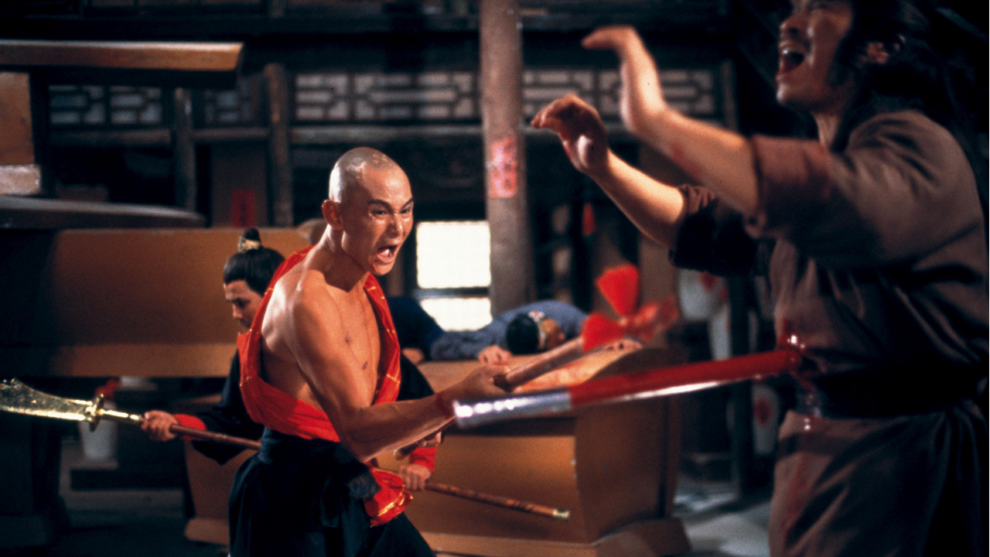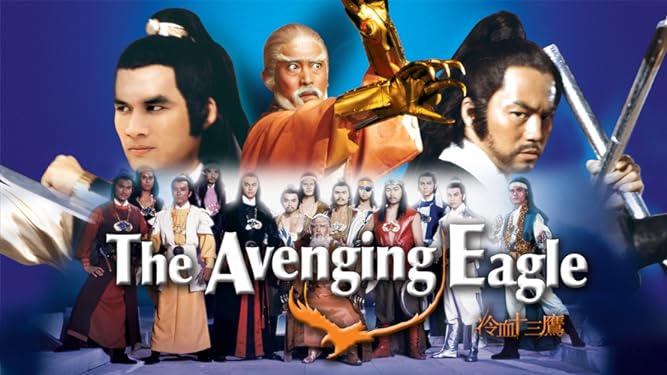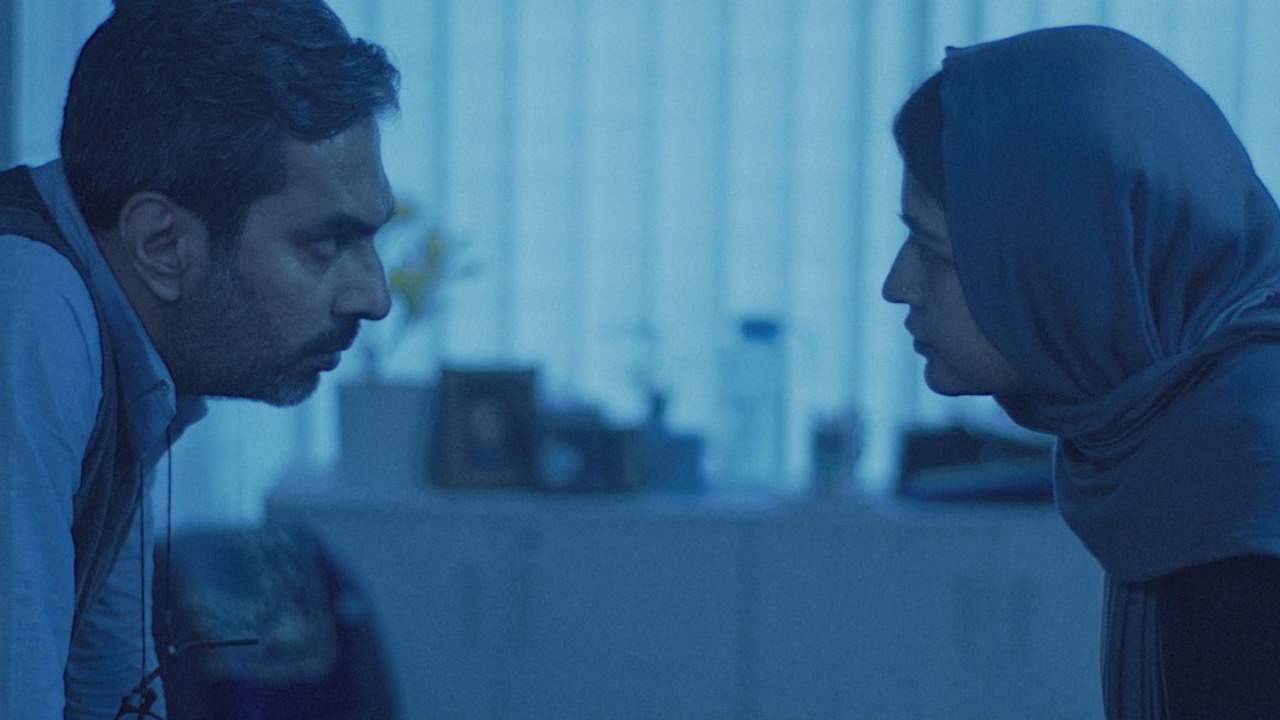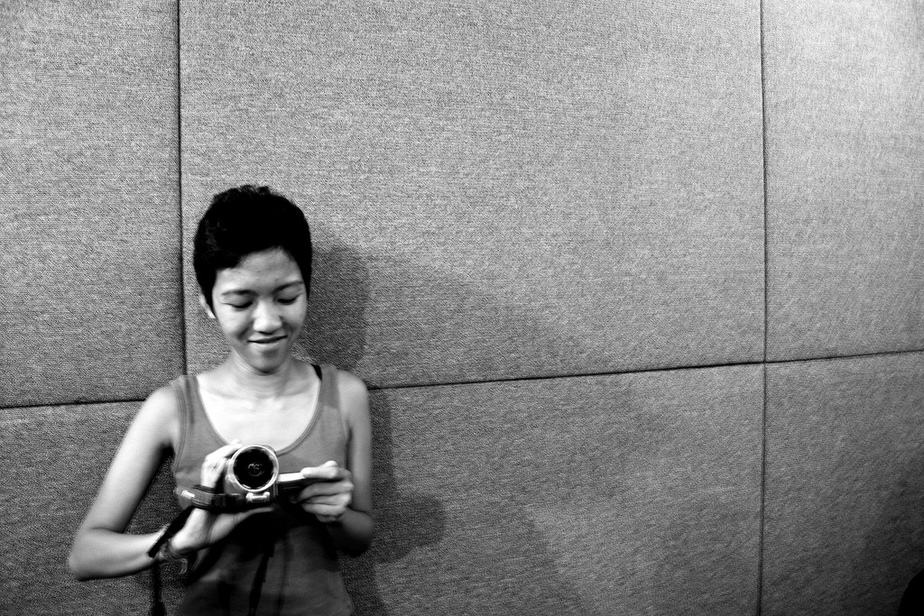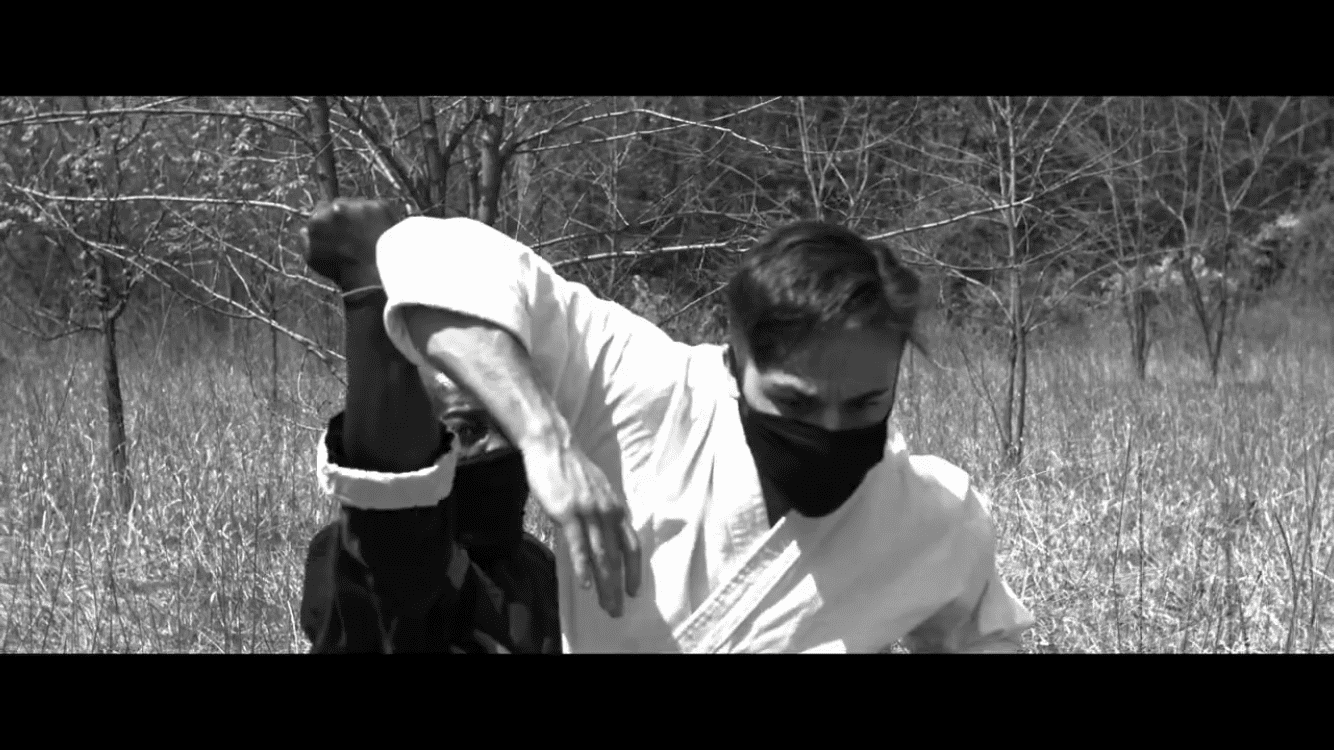One of the great thrills of old school kung fu flicks is the juxtaposition between the dance-like choreography and bone-crunching violence. Bright splashes of blood are made more shocking by the balletic quality of the fights themselves. This is the contradiction at the core of almost all classic martial arts films; the spirituality inherent in Shaolin Kung Fu coexists with its potential to cause serious bodily harm. Many of the best releases of the 70s and 80s golden age understood how to blend Zen-like philosophy with animalistic anger, and revenge storylines allowed for especially potent drama. Here are five of the most down-and-dirty payback plots from the heyday of Hong Kong action.
5. The Duel (Chang Cheh, 1971)
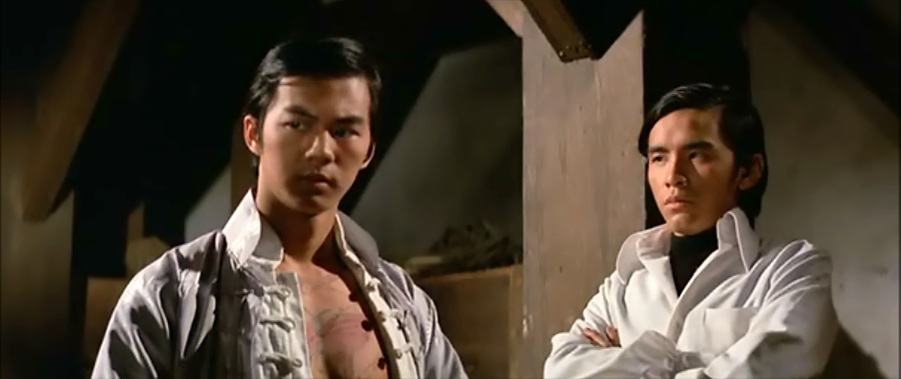
Chang Cheh's Ti Lung and David Chiang team-up from the year before, “Vengeance,” might be the obvious choice, but “The Duel” is an underrated slice of Triad grittiness. Lung and Chiang are two of the coolest kung fu stars of all time, and their joint ventures were cold as ice. This plot-heavy effort takes some time setting up its underworld dynamics, but it's best remembered for its final scene: Lung and Chiang stand their ground in a courtyard and knife fight their way through a small army of hired killers. There's an emotional, almost homoerotic charge to their vicious chemistry that stays in your head long after you've forgotten the specifics of the story. Call it proto-heroic bloodshed.
4. Opium and the Kung Fu Master (Tong Kai, 1984)

Another Ti Lung classic. “Opium and the Kung Fu Master” boasts an amusingly on-the-nose title, but there's nothing lighthearted about its approach to the darker-than-normal subject matter. The screenplay by Wong Ying makes the bold decision to make Ti Lung's titular master a flawed, vulnerable man who battles an addiction to the same opium that tears his town apart. His struggles to reclaim his willpower are hard to watch at times, and the sense of hopelessness builds as he faces endless humiliation. But this just makes it all the more cathartic when he finally reaches his breaking point and decides to take the fight to the villainous drug pushers. Like any good payback story, it knows how to build up a simmering fury in the audience.
3. The Avenging Eagle (Sun Chung, 1978)

Much has been written about the parallels between samurai films and westerns, but there were more than a few Shaw Brothers productions with wandering heroes imposing their will onto lawless lands. “The Avenging Eagle” is a perfect example. It features one of the most downright evil bad guys in the history of the genre: Ku Feng's orphan-kidnapping, family-murdering clan leader. He turns a stretch of countryside into an inhospitable hellscape, and only two men can bring him down. One is a vengeful young man (Alexander Fu Sheng) trying to avenge the death of his family. The other is a former assassin desperate to atone for his past sins (Ti Lung, yet again). The uncompromising morality and complicated relationship between the two leads make “The Avenging Eagle” a timeless tale of revenge and redemption.
2. Fist of Fury (Lo Wei, 1972)
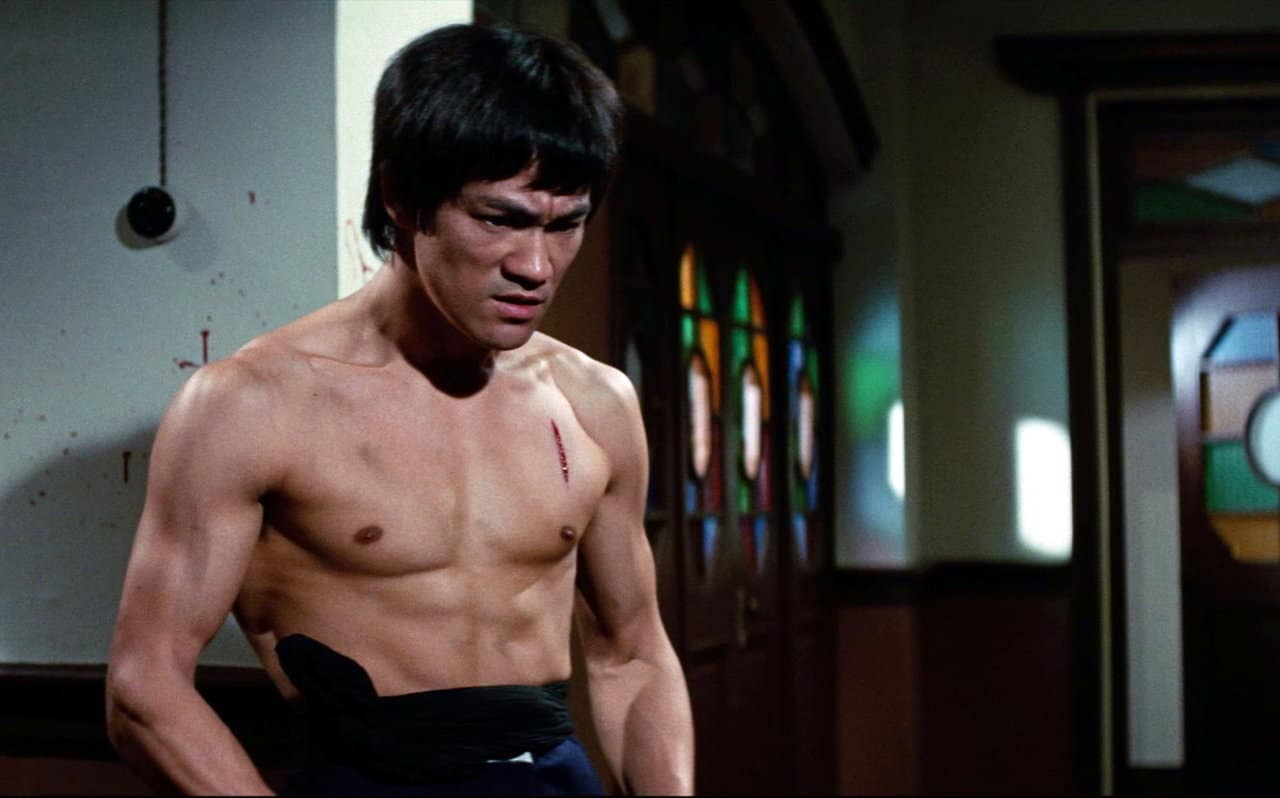
Is kung fu a tool for self defense and discipline or yet another way to hurt your fellow man? This is one of the many ideas that Bruce Lee's sophomore feature, “Fist of Fury,” explores, but what really sets it apart is how it connects its elemental violence with larger political commentary. The most serious of Lee's films, it works as both a treatise on guerilla resistance and a late-night potboiler about how scary cool he looks kicking people in the face. His hero, Chen Zhen, starts out only wanting to avenge his master, but he's ultimately fighting dehumanization and imperialism as much as he is any one person. This political edge makes it one of the most righteously-minded revenge movies ever made.

1. The Eight Diagram Pole Fighter (Lau Kar-leung, 1984)

Gordon Liu got a lot of payback in his cinematic career, but this might be his greatest moment. After all of his brothers are killed (save for one played by Alexander Fu Sheng, who tragically died during filming), he takes refuge in a Buddhist monastery. The monks view him as too vengeful and hot-headed to join their ranks, but he learns to embrace their pacifist beliefs. He even masters their eight diagram pole fighting technique. However, the memory of his slain brothers still haunts him, and he's forced to choose between his newfound values and his violent potential when his sister is kidnapped by the murderers. Without giving too much away, a scene soon before the climax finds Liu, filled with rage, practicing with his pole alone in the monastery. Even with no one else with him, he unleashes some of the most rousing fight choreography of all time. It's enough to give you goosebumps.


